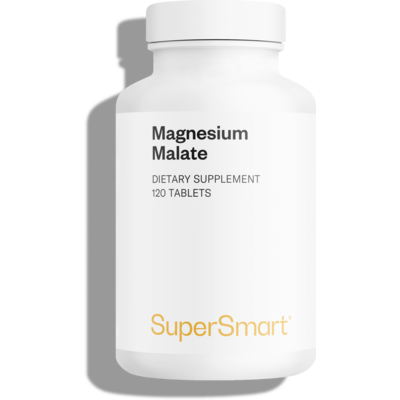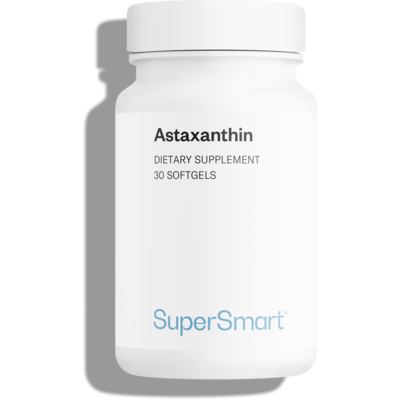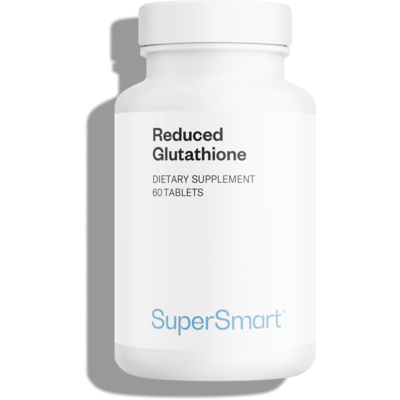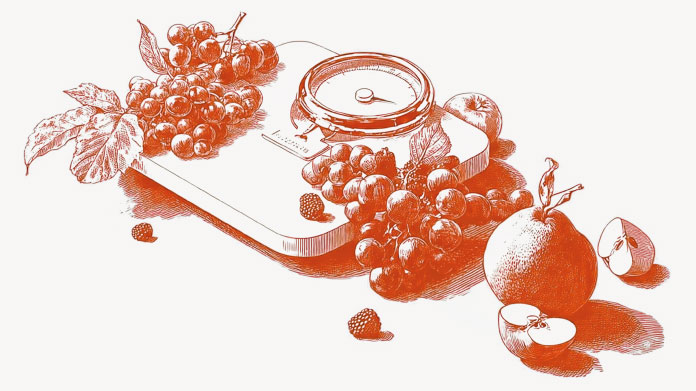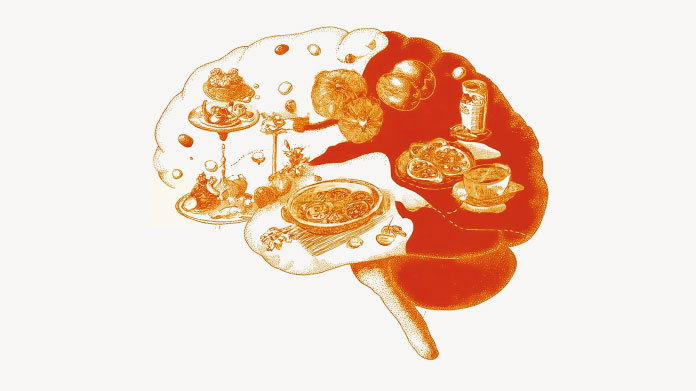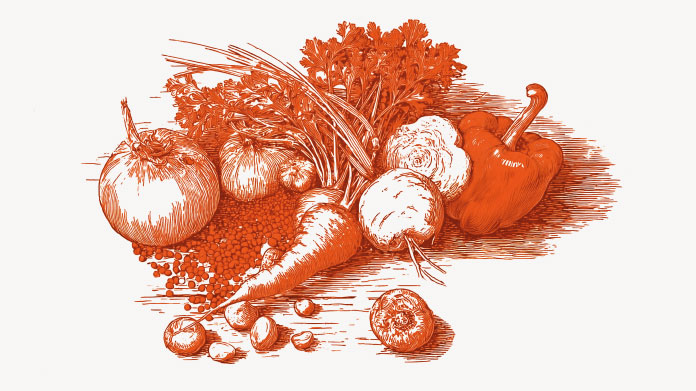What’s the best type of chocolate for your health?
Milk, dark, white, fruity or spiced chocolate … What are the pros and cons of chocolate in terms of our health? Which type should you choose and which should you avoid?
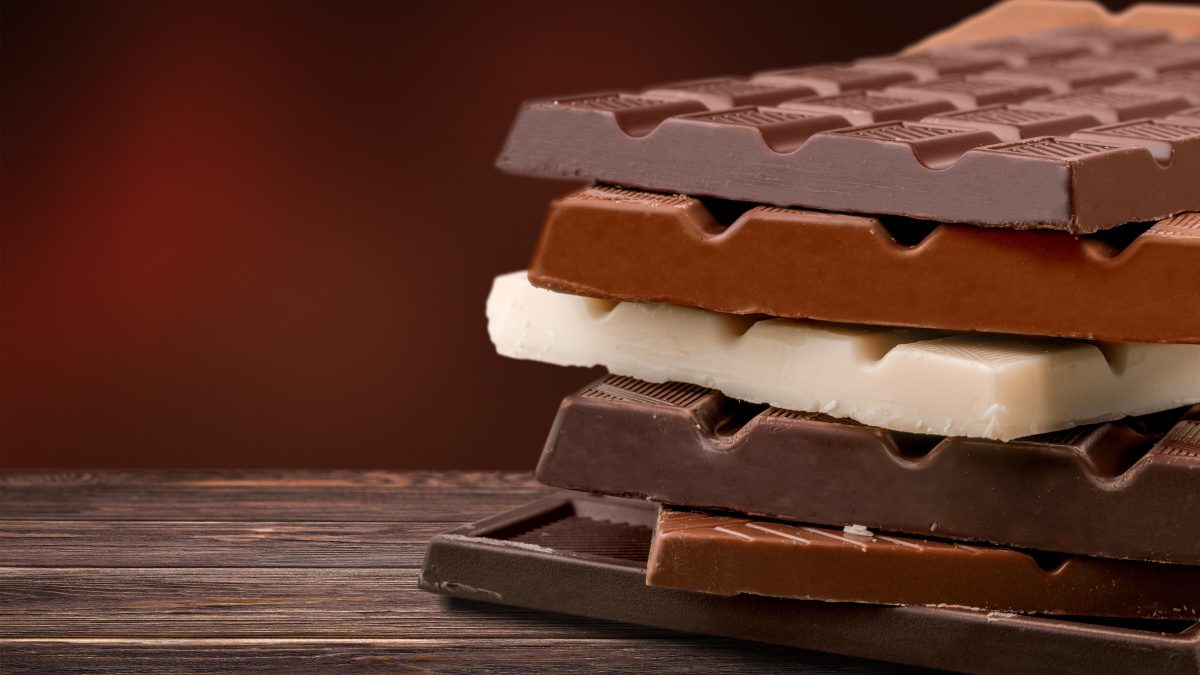
Chocolate: a treat that does you good
A gift from the gods to the Aztecs
Considered by the Aztecs of pre-Columbian America as a gift from the gods, cocoa, or Cacahuaquahuitl, was used to prepare drinks for society elites because of its stimulating and balancing medicinal properties.
One such drink, made by diluting cocoa paste in water, and adding chilli, corn, annatto and spices, was used as an offering at religious ceremonies and given the sweet name of … Tchocolalt (1).
A bean with numerous active principles
With 50% fatty acid triglycerides (from which cocoa butter is made), 12% protein, almost 10% cellulose, 6% starch, 1% sugar, but also tannins, polyphenols, minerals, theobromine, caffeine, phenylethylamine and serotonin, as well as vitamins A, PP, E and D, the cocoa bean boasts energising, tonic, antidepressant and uplifting properties ... (2).
Even though some of the polyphenols in cocoa beans are destroyed during fermentation, a necessary step in chocolate production, chocolate still contains more polyphenols than either green tea or red wine (3-4)!
Health benefits of chocolate
Several studies have shown that eating a modest amount of chocolate each day lowers blood pressure and increases pancreatic hormone sensitivity(5-6).
What’s more, chocolate is believed to have antidepressant benefits, due to its high content of magnesium (146mg/100g of 45%-60% chocolate; 500mg/100g of cocoa) as well as serotonin and theobromine, a stimulant alkaloid which affects mood (7).
Dark, milk, white chocolate ...? Watch out for the fat and sugar
Bitter dark chocolate: excellent for the health!
Bitter dark chocolate, containing at least 70% cocoa, 85%-90% if possible, is excellent for the health. Not only does it contain very few added sugars (most of the carbohydrates come directly from the cocoa), but its high cocoa content means you get maximum effect from the plant’s natural benefits.
And its bitter taste means you’re less likely to binge, helping you restrict your consumption to around 20g a day (approximately 2 squares).
Dark chocolate: be careful not to overdo it
Dark chocolate with less than 70% cocoa still provides bean-related benefits (magnesium, polyphenols, serotonin, etc.) However, as the cocoa percentage goes down, the amount of added sugar goes up. And according to the WHO, added sugars should not account for more than 5% of our daily calorie intake. So take care not to overdo it: no more than 2 squares a day.
Milk chocolate: for pleasure only
As well as cocoa, cocoa butter and sugar (a lot of sugar), milk chocolate contains … milk. As a result, the proportion of cocoa in the end product is very low… and the same goes for its benefits. For example, milk chocolate contains almost no polyphenols. In addition, it is relatively high in fat and sugar and should therefore be approached with caution!
White chocolate: it isn’t actually chocolate
Unlike dark and milk versions, white chocolate contains absolutely no cocoa solids! What it does contain is cocoa butter (the creamy substance around cocoa beans), dairy products or alternative vegetable fats. White chocolate isn’t even covered by the same European regulations as chocolate. It’s purely and simply a sweet with no benefits for health and should therefore be saved for a few special occasions.
Speciality chocolate: it depends
The same ‘rules’ apply to speciality chocolates (with fruit, spices, etc.) as to other forms: if it’s dark and bitter, it will offer the benefits of both the cocoa and the added fruit or spices. If, however, the chocolate in question is milk, or white, it should be regarded as a sweet treat and nothing more.
Some figure-friendlier sources of antioxidants (and other substances)
Cocoa then, is certainly very good for our health, and as a consequence, chocolate can be too. But it’s important not to over-indulge.
To stock up on antioxidants, serotonin, vitamins (especially the highly antioxidant vitamins C and E) and magnesium, we fortunately have many fresh fruits and vegetables at our disposal (particularly kiwi fruit, red cabbage, raw beetroot, lamb’s lettuce, etc. which are high in both vitamin C and beta-carotene, another powerful antioxidant and vitamin A precursor).
And make sure you regularly include prawns in your diet, as they’re rich in astaxanthin, a pigment from the carotenoid family, as well as asparagus, broccoli, cabbage, spinach, etc. which contain the amino acids that make up glutathione, a molecule also recognized for helping to combat oxidative stress.
SuperSmart ADVICE
Keywords
12 Days
A Product worth waiting for when not…
A Product worth waiting for when not available and then arriving as a surprise!
DOMINIC
14 Days
On time shipping
On time shipping
GEORGE Verne
15 Days
Ordering was easy and the product was…
Ordering was easy and the product was delivered with no problems. Appreciated that I was notified when it would arrive. Thanks!
MascarC
21 Days
Great customer service - responsive …
I ordered from them and my item was unavailable for sometime. I was super happy when they reactivated my order and shipped my item which arrived very quickly. Great customer service.
Ruth Rueter
22 Days
Super fast shipping
Super fast shipping
Donald Borling
25 Days
Reputable companysearch and the number of…
The research and the number of selection of products.
NAKHJAVAN Shervin
38 Days
The Anti Aromatase is a great product
The Anti Aromatase is a great product. You just need to have constant inventory. Recently this product has been out of stock.
GEORGE Verne
40 Days
Great help on chat
Great help on chat. Knowledgeable and friendly.
Jason Argos
43 Days
Customer service was fast and friendly.
Customer service helped to stop the transaction process of the subscription. I appreciated that.
Greenie
43 Days
I order here due to the high quality of…
I order here due to the high quality of the products and the quick delivery of items - thank you
Barbara J
45 Days
SuperSmart's Eye Pressure supplements: highly recommended!
I purchase SuperSmart's Eye Pressure supplements regularly for over 5 years, and gotta say they are truly a wonderful product for my Glaucoma. Highly recommended if you have eye pain from your Glaucoma.
D. Martinez
49 Days
Quick service
Quick service
MONELL
50 Days
Speedy service.
Speedy service.
ROSENTHAL Marvin
54 Days
Clear website- Efficient
Clear website. Excellent search engine and fast delivery!
Mohamad Hussein
56 Days
They have great products.
They have great products.
Vickie

